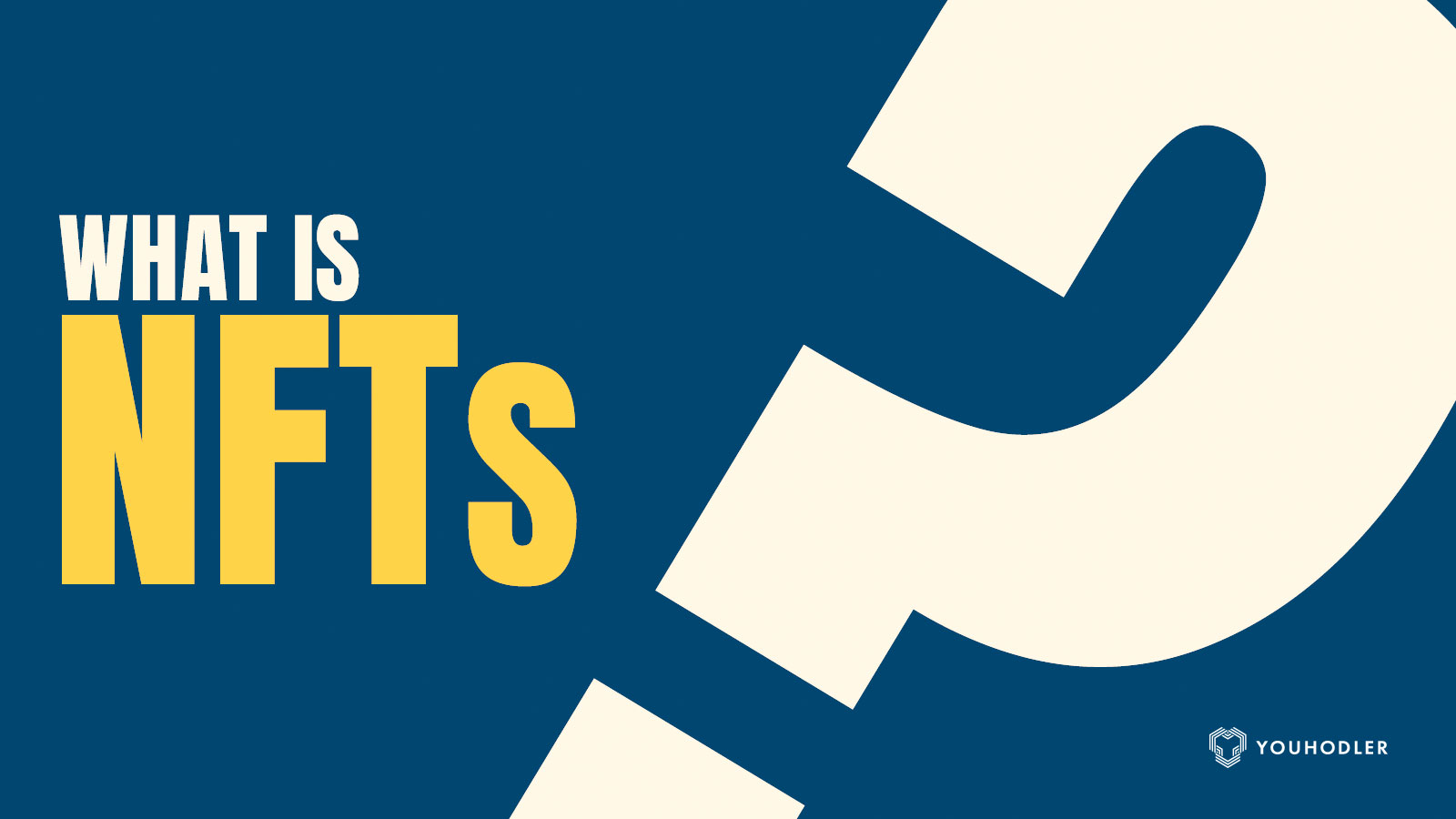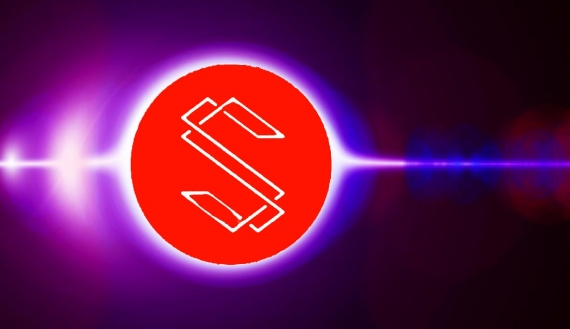
Why would you invest in Non-Fungible Tokens (NFTs)?
During the crypto-craze in 2017, you might have picked up a cute CryptoKitty. But what to do with this non-fungible token? We can try to sell your non-fungible token through an NFT marketplace such as OpenSea or SuperRare.
This article explores non-fungible tokens, the properties we require to create an NFT, and discusses why people consider investing or collecting non-fungible tokens. Let me give you a hint; it’s easier to collect digital art than physical art.
Got excited? My CryptoKitty got excited as well!
What is an NFT?
An NFT stands for a non-fungible token.
Fungible means that you can exchange an asset or substitute it with another asset while it holds the same value. Let’s turn this definition into something more practical.
Let’s say we have one gram of gold, which is worth $60. Let’s meet a friend who also owns one gram of gold. Next, we decide to exchange one gram of gold with my friend’s gold. After we’ve swapped our gold, we still own the same value.
Another example includes exchanging a ten dollars banknote for two five dollars banknotes. Again, we can exchange assets while maintaining the same value, but more importantly, we can divide an asset and spread it among other people.
However, this property is not valid for non-fungible tokens. We can’t substitute an NFT or divide it into smaller pieces. We need to describe the unique attributes of each asset to make it stand out. Therefore, as every NFT asset is unique, you can’t swap it with another asset or divide it into smaller pieces.
One of the most prominent examples of NFTs is CryptoKitties. This NFT project took off in early 2017 as it was the first use case of NFTs on the Ethereum blockchain. CryptoKitties introduced breedable, collectible, and tradeable adorable digital cats on the blockchain. Each kitty has a unique genome that defines its appearance and traits. Players can breed their kitties to create new furry friends and unlock rare cattributes.
What’s best about collecting cats? You truly own these cute cats. Nobody can replicate them, take them away from you, or destroy them.
So, what are the most important traits for a non-fungible token?
What are the main properties of an NFT?
To create a non-fungible token, you only require three ingredients - uniqueness, rarity, and indivisibility. Let’s take a more in-depth look at each property and how they are related to each other.
Uniqueness - To create an NFT, we need to define an asset by describing its properties uniquely. For CryptoKitties, this means we describe its traits, color pattern, or appearance. In other words, we add metadata to the NFT object to describe it in a way that makes it unique.
Moreover, the uniqueness property makes sure you can’t replicate an asset. Someone else can’t register a CryptoKitty with the same properties. Furthermore, this allows you to truly own an asset, whether it’s a digital or physical asset. The blockchain registers the NFT for your Ethereum address so that you can prove ownership over the asset at all times.
Indivisibility - The unique property brings us to the indivisibility property. You don’t want to allow people to break down a unique object into multiple smaller parts. Imagine taking a cool piece of art and cutting it into four pieces. Would you still buy these four pieces? Exactly!
Rarity - We often refer to rarity as scarcity. As mentioned before, every asset is unique, and so, it’s rare or scarce. Scarcity is a key property as an NFT derives value from it.
But why would you invest in NFTs?
Why invest in NFT?
You’ve made it to the critical question of this article. Why would someone invest in non-fungible tokens? Well, rarity makes an object wanted among collectors, and that’s how it derives value.
Imagine you want to buy an artwork. The piece is unique, and it would fit nicely in your living room. You like the color composition and the idea behind the artwork. But how do you price a work of art? Ultimately, the “fool” who bids the most determines the price. Of course, many other elements determine the value, such as the quality of the artwork or how popular an artist is.
That brings us to the question: Why would you invest in digital art?
NFTs enable artists to create digital, 100% unique art that a collector can truly own. The same principles come into play for digital art when determining the value. For example, what’s the quality of the work, the level of detail, the story behind the artwork, and the artist’s popularity?
To make a case for digital art, these are the advantages of owning digital art over physical art:
-
You can prove your artwork is real and you hold ownership over it
-
You can easily collect digital art, not having to worry about storage or potential damage
-
You can quickly access a global market to trade or exchange digital art
How can you invest in NFT?
At the moment, two major marketplaces exist where you can buy and sell NFTs.
SuperRare - The SuperRare marketplace allows a limited number of digital artists to sell their artwork. They vet each artist to prevent anyone from uploading quickly photoshopped images and sell them as art. That would be disrespectful for the art community and people who received art education. We like this aspect as it helps to maintain a level of quality across the platform.
SuperRare sells all kinds of digital art: images, 3D art, and even short videos. Currently, art enthusiast have collected more than 10,000 digital artworks with a total platform value of $3,336,965.
OpenSea - The OpenSea marketplace allows you to trade any NFT that lives on the Ethereum blockchain. Trading on OpenSea happens through a smart contract, meaning that no central authority ever holds custody of your items. Instead, users store items in their wallet of choice and can trade directly from their wallet.
To give you some idea about the NFTs you can trade, this list includes:
-
Virtual pieces of land
-
Domain names
-
Trading cards
-
Digital collectibles
-
Any kind of NFT that we can use with a product or service
-
Digital art
What to expect for the future of NFTs?
Non-fungible tokens have capitalized on the crypto market, and many crypto investors fell in love with the fun of collecting digital art. In August 2020, we could read articles on Cointelegraph discussing the hypergrowth of digital art.
Today, many blockchain platforms try to create NFT card games, crypto collectibles, or other forms of NFTs to attract users to their platform. This might explain the rapid growth of the NFT industry.
We believe NFTs might become more mainstream when larger corporations pick NFT technology. For example, gamers trade skins in games such as CSGO, League of Legends, or Fortnite. However, they do not truly own these skins, and gaming platforms still hold quite some control over these items' pricing.
It would be interesting to see games adopt NFT technology so traders can freely exchange and own in-game items. As a next step, we could see assets that are interchangeable between different games.
This article is sponsored by YouHodler, a platform for accessing instant crypto and fiat loans and saving cryptocurrencies.







